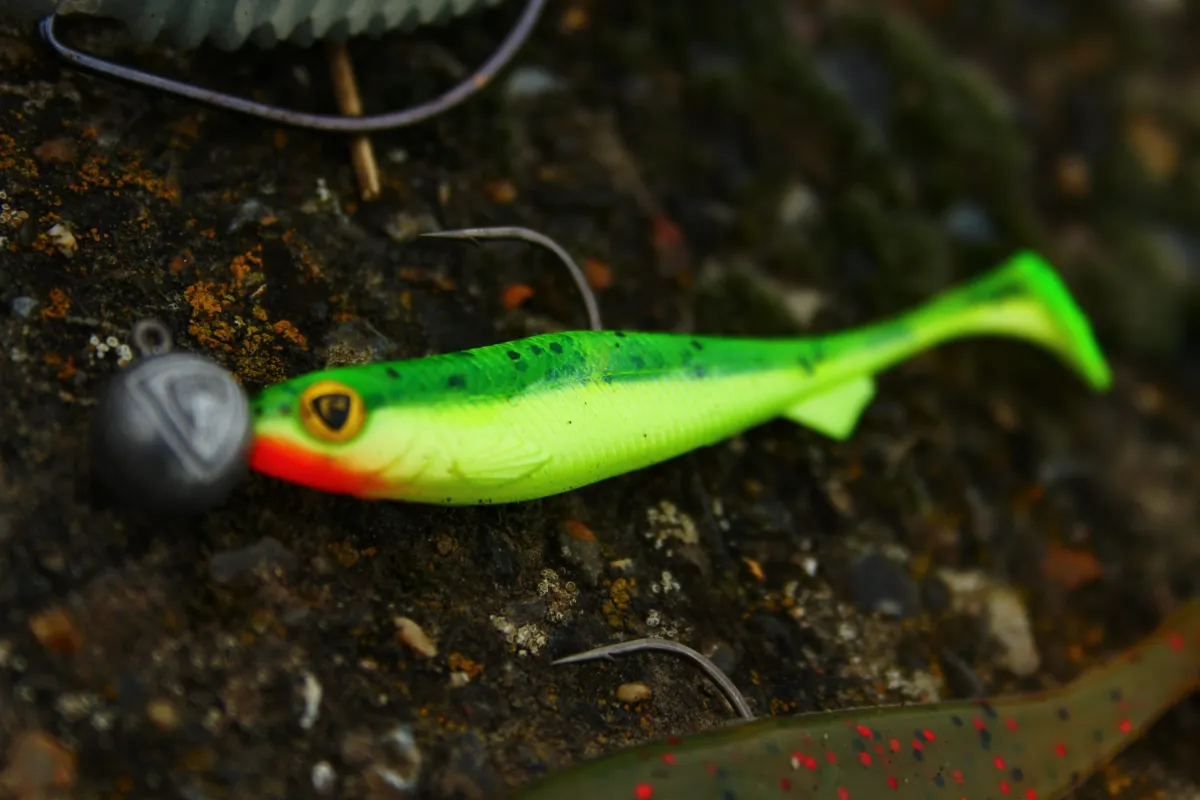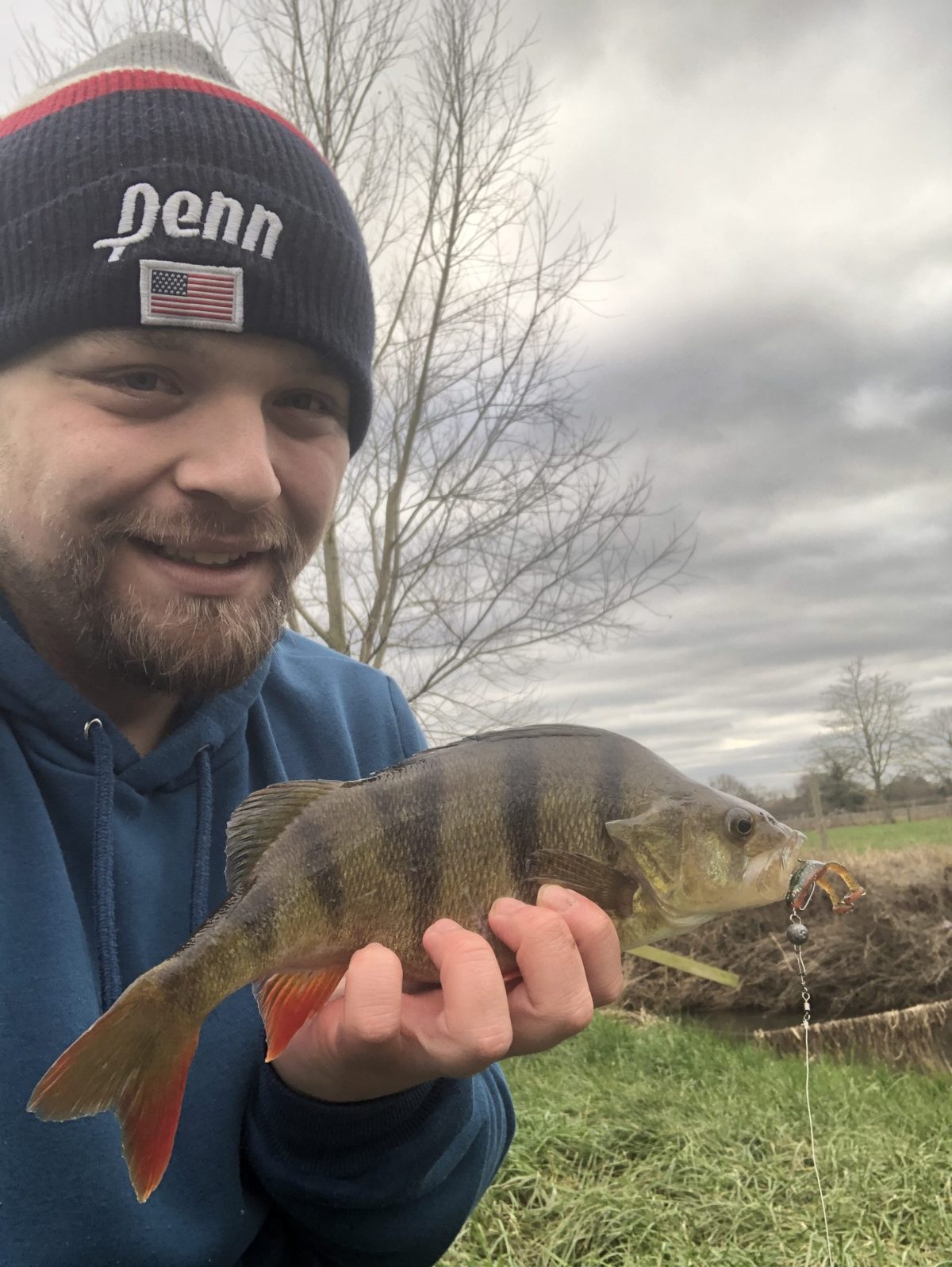
Afternoon fellow anglers, I hope you all had a great Christmas and you were happy with the fishy bits you received as presents. So, its that time between Christmas and New Year’s. The Turkey has finally run out and looking forward to a lovely joint of roast beef on New Year’s Day.
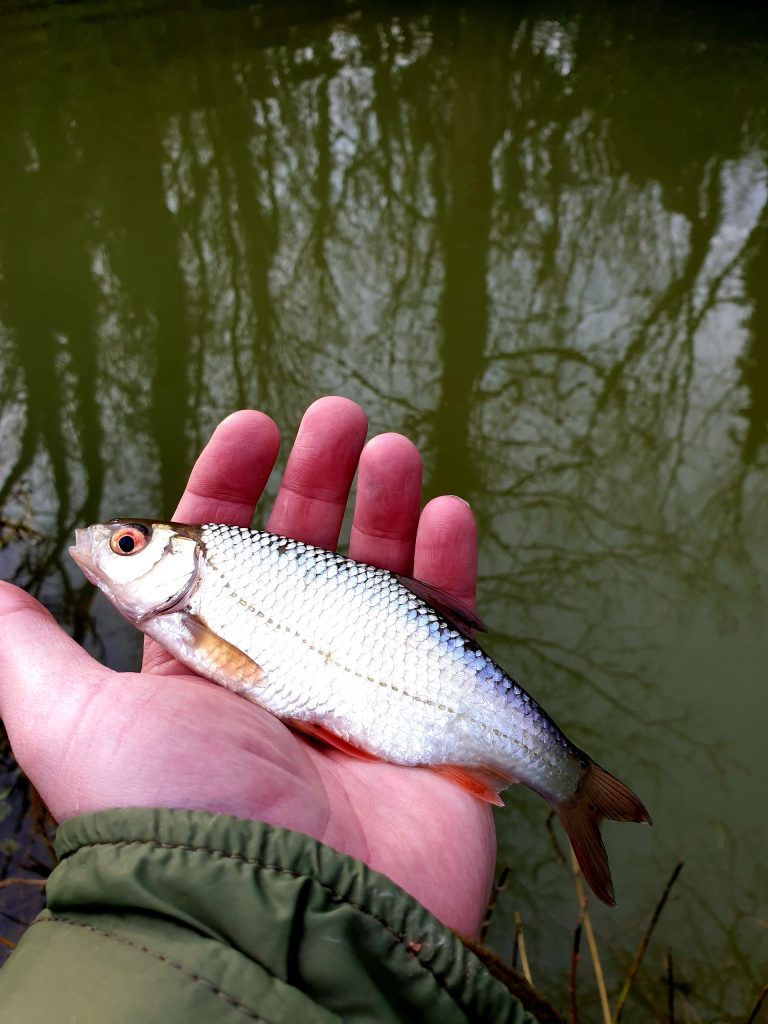
I haven’t been fishing since last Wednesday. I know it has only been a week but it seems much longer and I was getting the itch to go. Last night we agreed it would be a family outing. But I found myself going on my own. Even though I love fishing with the kids and family, it was nice to hit the banks on my own and reflect on a busy and unusual year.
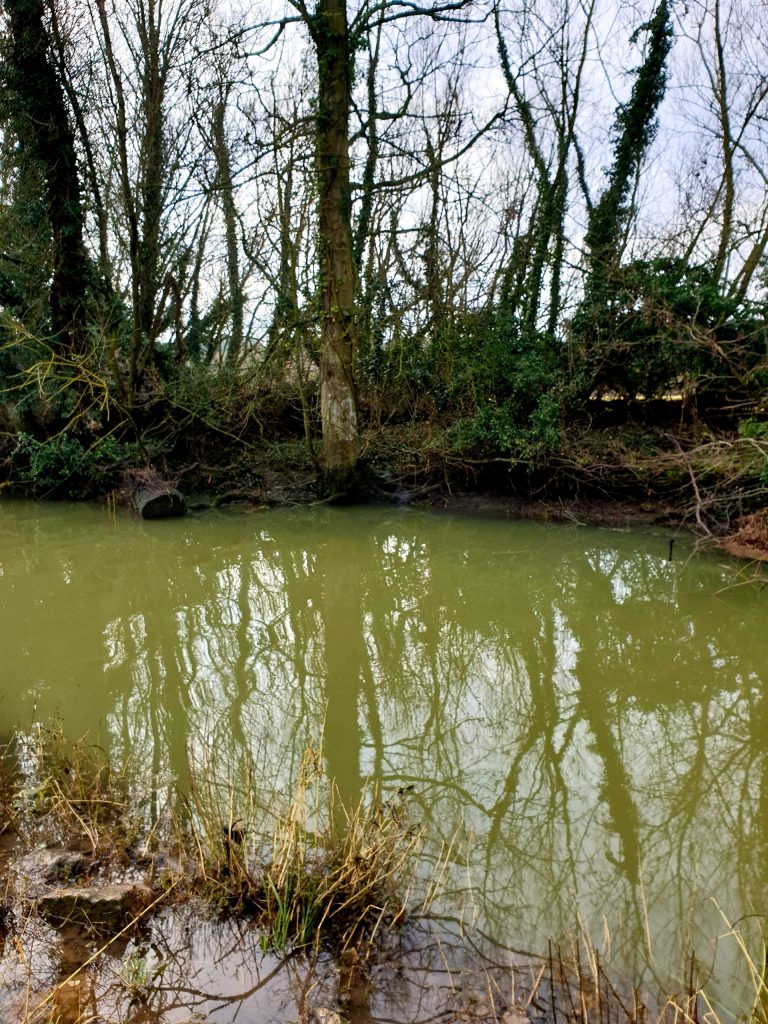
I was in two minds whether to hit the river or go to a club lake. I thought I would check the river first to see how it was. To my surprise it was quite calm and a steady flow in a certain section. I spoke to some fellow anglers who were already battling the cold and felt it was going to be a good day.
I went up river to a nice spot and started to fish. I hit a nice pocket of Roach and pulled in 17 fish, not bad I thought. I also had a lovely Perch which was a nice treat on red maggots. What I did notice with the Roach, is that some had Black Spot. I thought it would be a good opportunity to explain what Black Spot is and how it ends up on a fish.
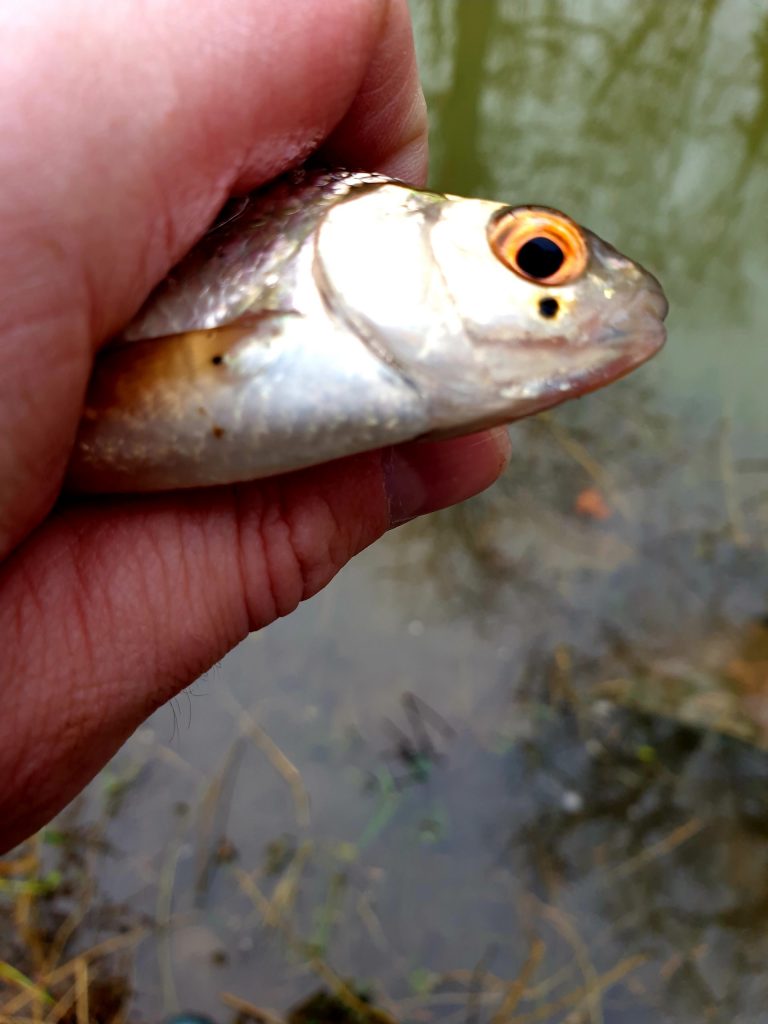
Black Spot is a parasitic flatworm that appear as tiny black spots on the skin, fins and flesh of fish. There is no method of control to eliminate this problem. This organism does little harm to the fish. The main problem related with black-spot is the unsightly appearance it may cause.

What is remarkable is the life cycle of the parasite which is quite complex. It starts when a fish-eating bird (Great Blue Heron, Kingfisher) eats an infected fish. The black spot or worms are released and grow to sexual maturity in the bird’s intestine.
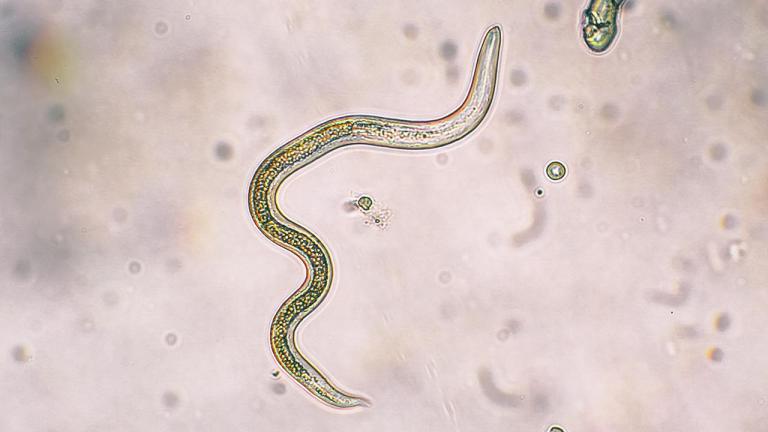
The adult worms pass eggs with the bird’s droppings. When the eggs reach water, they hatch into free-swimming organisms which then penetrate snails for further development. Finally, after leaving the snails they burrow into the skin of fish and form a cyst. The fish scales surround the cyst with black pigment that gives the disease its name. If an infected fish is consumed by a bird, the cycle starts again.
I hope you found that interesting or useful. Obviously if the fish is riddled with Black Spot, take as many pictures as possible and report it to the Environment Agency. They should then look to see how serious it is.
Until Next time, Tight Lines…….. Happy New Year…….
By Tom Baird







